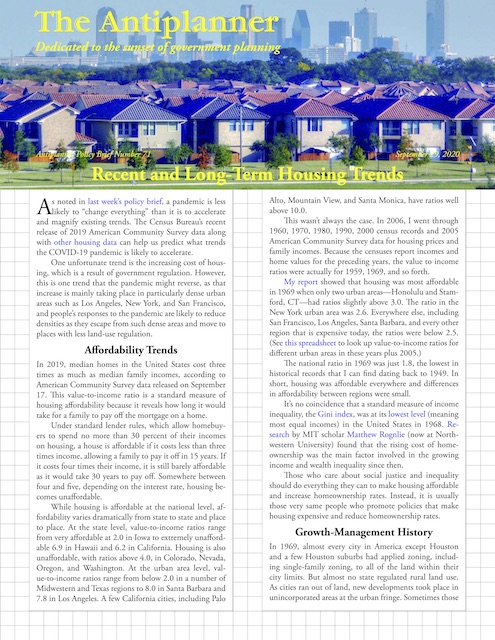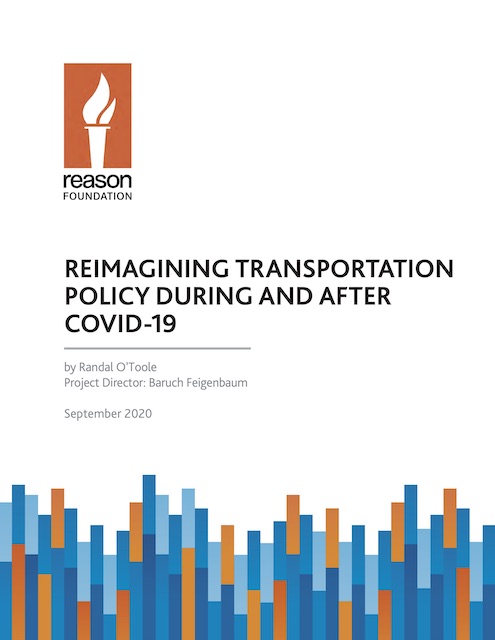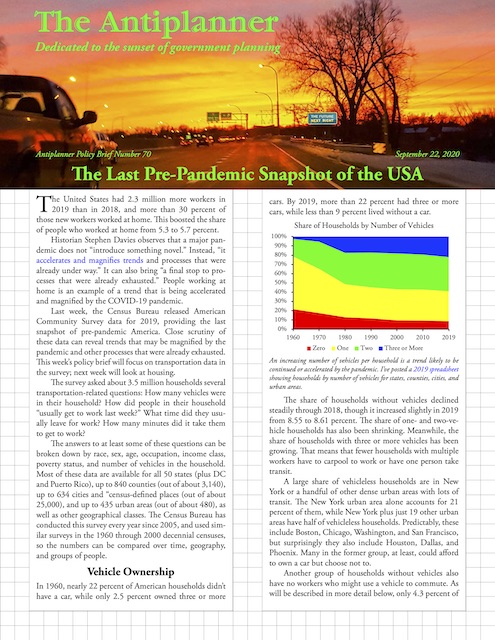Everyone knows that transit is so morally superior to driving that we aren’t supposed to ask about how much it costs. Pay no attention to the fact that the next light-rail line Portland wants to build will cost nearly $3 billion; planners don’t mention the cost in their presentation of the proposal.
Nor are we supposed to ask whether anyone is actually riding transit. When Portland’s last light-rail line, which cost $1.5 billion, opened a few years ago, transit ridership declined. But that’s no reason to question the next line.
Now we have some new questions are we aren’t supposed to ask. A bill signed by California Governor Gavin Newsom on Monday has exempted transit projects from detailed environmental review, meaning we no longer get to find out that the rail project that’s supposed to reduce greenhouse gas emissions will actually increase them. Not surprisingly, the bill was written by state Senator Scott Wiener, who also wants to force single-family neighborhoods to accept high-density transit-oriented developments in their midst. Continue reading











